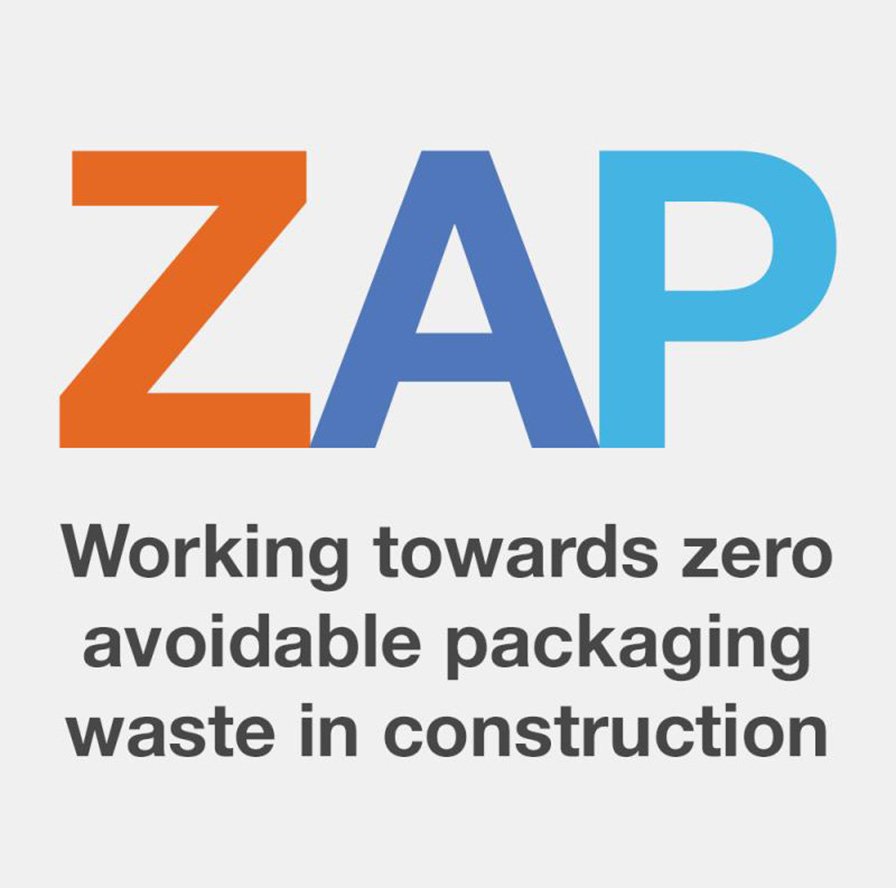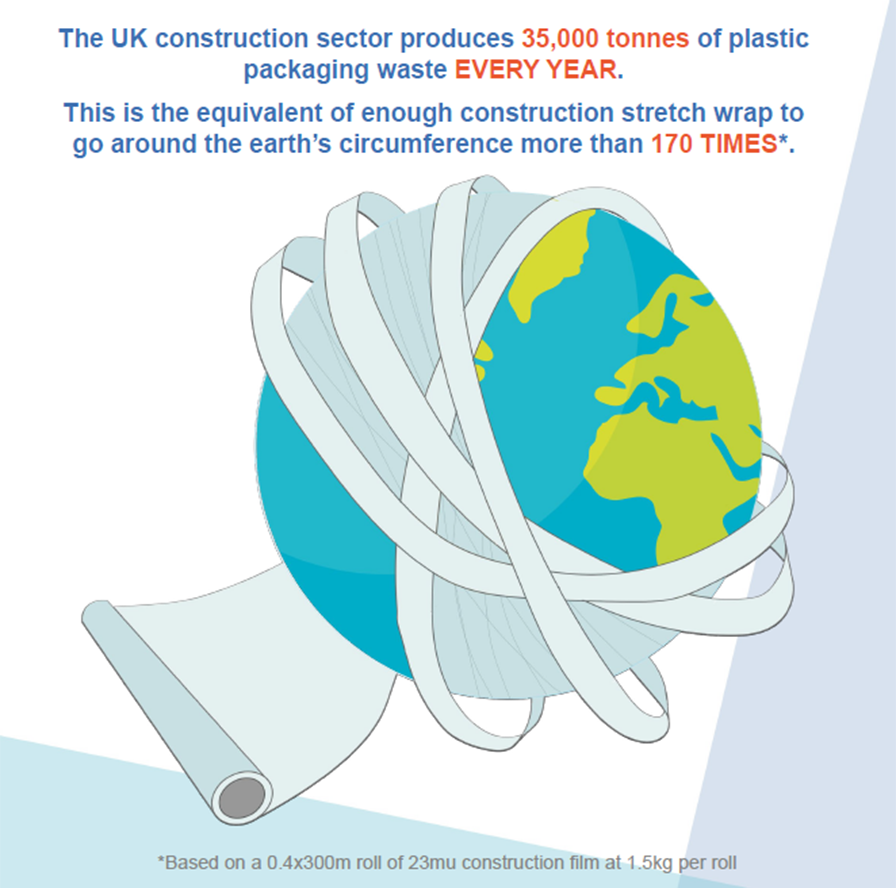ZAP Toolkit launched
The Alliance for Sustainable Building Products (ASBP) has launched an important new toolkit to aid the construction industry in avoiding unnecessary packaging waste.
The toolkit has been developed as part of the Zero Avoidable Packaging Waste in Construction (ZAP) project, funded by the Ecosurety Exploration Fund, which has explored scalable solutions to help combat the prevalence of avoidable packaging plastic waste in construction, much of which is not recycled.
Cullinan Studio is one of the project partners alongside ASBP, Bankside Open Spaces Trust (BOST), and leading construction firms Mace and Morgan Sindall. The Marlborough Sports Garden, which we are helping BOST to redevelop, has acted as a live case study to understand the ability to design out packaging waste in construction and operation.
Marlborough Sports Garden Community Hub proposal by Cullinan Studio
A prevalence of packaging in construction
There is little recent substantive data and a lack of holistic understanding of the various packaging types that are used for the vast array of products that enter a construction site, and their waste management both on and offsite. Notably, construction as a sector is the second-highest consumer of plastics.
Packaging waste may account for between 5% and 50% by volume of a construction project’s total waste, with an average of 34% by volume. An initial desktop study as part of the ZAP project found that there are very few industry-wide initiatives to reduce packaging in construction sector, although a fair proportion of individual organisations are looking at eliminating, reducing and optimising packaging. Publicly declared commitments however appear to be limited, though some companies have targets to utilise packaging with increased recycled content.
And what about plastic? Approximately 55,000 tonnes of plastic waste comes from UK construction sites every year, of which it is estimated 35,000 tonnes is packaging, much of which is for protection of product and logistics. Less than half of this is plastic packaging is sent for recycling with the majority being sent to landfill or incineration for energy recovery.
What is in the toolkit and who is it for?
The toolkit provides one pagers, checklists and case studies aimed at the whole supply chain, including clients, designers, contractors and manufacturers. Key stakeholders from across the supply chain were engaged at all levels of the toolkit development, enabling the project to take a deep dive into the barriers and explore practical, scalable solutions.
Larry Tate, ZAP Project Manager and ASBP Projects and Communications Coordinator says:
“The toolkit is designed to be an interactive, easily digestible set of short guidance notes relevant to industries across the sector. This includes ‘one-pagers’, top tips, and real-world examples and case studies. Practical tools are included to aid the industry in taking further steps in first reducing packaging waste, as well as identifying reuse opportunities and increasing recycling and recycled content. Importantly, this toolkit offers solutions which aim to divert the tide of construction packaging waste that still goes to landfill or incineration”.
The toolkit can be downloaded here.





